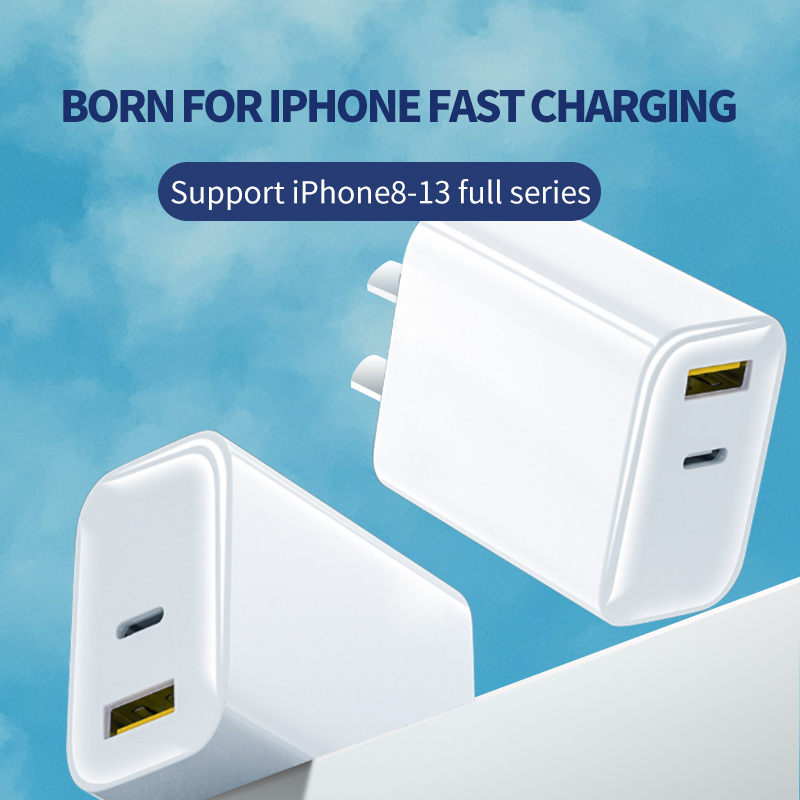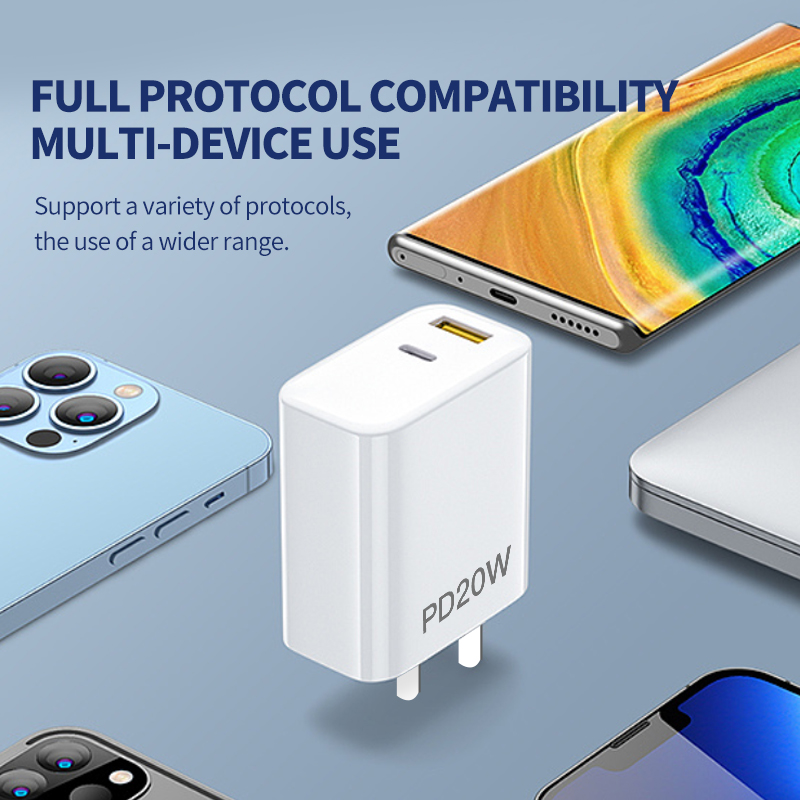Introducing Chargers: Powering Your Devices Efficiently and Conveniently
In today’s fast-paced and technology-driven world, we rely heavily on electronic devices such as smartphones, tablets, laptops and cameras to stay connected, work, capture memories and play. However, all of these devices have one thing in common – they all require power to operate. This is where chargers can save the world!
The charger is an important component that allows us to charge the batteries of our devices, making sure they keep running when we need them. Whether charging a phone overnight or quickly recharging a laptop battery between meetings, a reliable charger is key to keeping our electronic companions alive.

Learn about chargers:
To fully understand the importance and function of chargers, it is necessary to understand how they work. A charger is designed to convert the electrical energy in an electrical outlet into the proper form of energy needed to charge your device’s battery. This conversion process is usually done through a power adapter or a USB port, depending on the device and charging method.

Charger Type:
With the wide variety of electronic devices on the market, it’s no surprise that there are various types of chargers to suit different needs. The following are the most common types of chargers:
1. Wall charger:
A wall charger, also known as an AC adapter or power adapter, is a standard charger that plugs directly into an electrical outlet. These chargers are widely used for devices that require a large amount of power or have proprietary charging ports.
2. USB charger:
USB chargers have become very popular due to the ubiquity of USB ports on a variety of devices. These chargers typically connect to a power source, such as a wall outlet or computer, via a USB cable.
3. Wireless charger:
Wireless chargers have grown in popularity in recent years, offering a convenient way to charge devices without the hassle of cables. These chargers use electromagnetic fields to transfer energy to compatible devices, usually by placing them on a charging mat or cradle.
4. Car charger:
As the name suggests, car chargers are specifically designed to charge devices on the go. They plug into your car’s cigarette lighter or USB port, allowing you to charge your devices during your commute or road trip.
Charger safety and precautions:
While chargers are undoubtedly a boon for powering our devices, it’s crucial to consider safety when using them. Here are some security tips to keep in mind:
1. Choose a high-quality charger:
Buy a charger from a reputable manufacturer to ensure the safety and longevity of your device. Cheap and uncertified chargers may not meet safety standards and could damage your device or pose a fire risk.
2. Follow the manufacturer’s guidelines:
Always refer to the manufacturer’s instructions for charging recommendations and compatible chargers for your device. Using the correct charger ensures optimal performance and prolongs the life of your device’s battery.
3. Avoid overcharging:
Overcharging your device may adversely affect the battery’s lifespan. Modern chargers and devices often have built-in mechanisms to prevent overcharging, but it is still recommended to unplug the charger when your device is fully charged.
4. Temperature considerations:
Avoid placing the charging device on flammable surfaces and ensure proper ventilation during charging. Overheating may damage the charger or even cause a fire.
Charger Innovations:
As technology and consumer needs evolve, so do chargers. Manufacturers are constantly striving to improve charging efficiency, convenience and compatibility. Here are some notable charger innovations:
1. Fast charging:
Fast charging technology has revolutionized the way we charge our devices. Combined with compatible devices, these chargers significantly reduce charging times, allowing users to power devices in a fraction of the time.
2. Smart Charger:
Smart chargers incorporate intelligent functions such as voltage detection, current regulation, and optimized charging profiles. These chargers adjust charging parameters based on the connected device, ensuring safe and efficient charging while minimizing the risk of overcharging or overheating.
3. Dual port:
Dual port chargers are designed to accommodate multiple devices simultaneously, eliminating the need for multiple chargers. This feature is especially useful when traveling or sharing a charging space with family or colleagues.
4. Portable Charger:
Portable chargers, also known as power banks, provide a convenient solution for charging mobile devices. These compact and lightweight chargers store energy and recharge your devices multiple times, making them ideal for travel or when you’re away from a power source for extended periods of time.

in conclusion:
Chargers are no longer just accessories to our devices; they have become an integral part of our everyday lives. Knowing the different types of chargers available, practicing charger safety and keeping up with innovations can not only increase the efficiency and convenience of charging, but also ensure the longevity and performance of our equipment. So next time you plug in your charger, take a moment to understand why it’s important and what role it plays in powering your electronics.
Post time: Jul-22-2023

